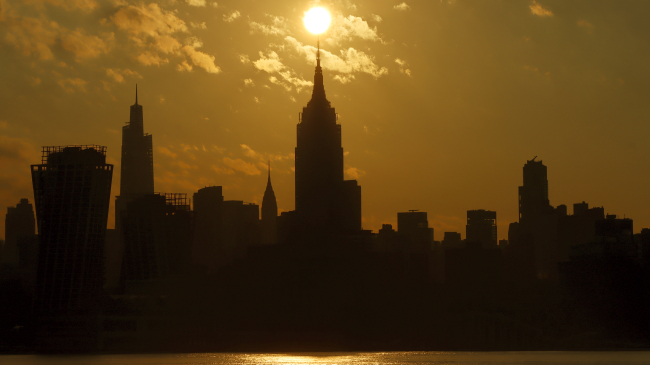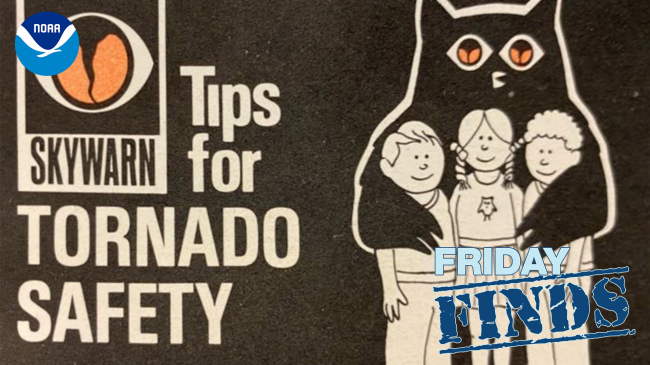Meet NOAA IMET Valerie Meyers
When the sparks and flames from wildfires fly, NOAA’s Valerie Meyers has a pretty good idea where the winds will take them.
Meyers, an incident meteorologist or IMET, is working on the scene of a historic wildfire that started in Arizona’s Bear Wallow Wilderness and displaced thousands of people statewide to date. Fires have scorched more than 930,000 acres and displaced thousands of people so far this year in Arizona. We recently sat down with Meyers to learn more about her unique role on the fire incident response team.
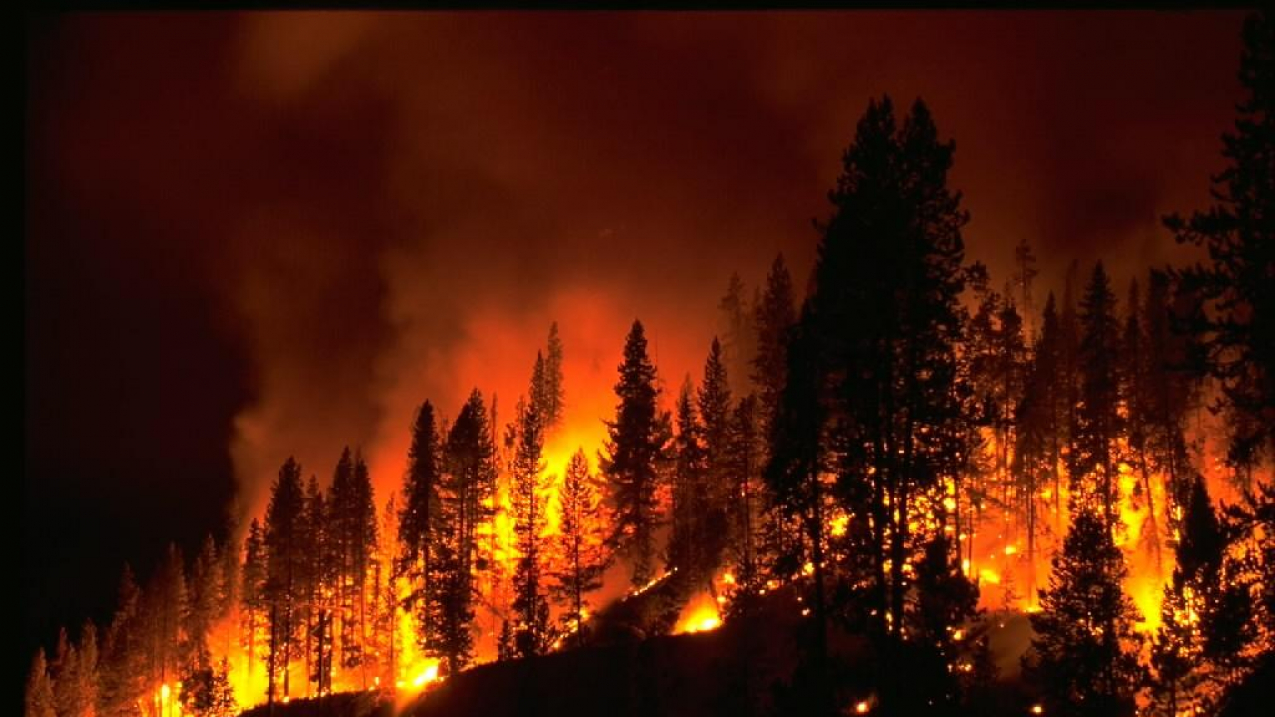
Forest fire (Image credit: NOAA)
Q: As an IMET assigned to help with wildfires raging in Arizona, what is your role on the ground? Describe a typical day.
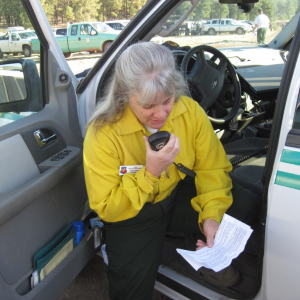
My primary responsibility is to forecast the weather and provide updates for the immediate area of the fire. I work with fire specialists from federal, state and local agencies to assess the weather effects on the fire and develop the best strategies to fight it. The critical information I provide directly affects safety of firefighting crews and the public.
Every day can be long and demanding — we wake up well before sunrise and often work late into the night — and there is little free time. Usually, every hour is devoted to briefings, meetings and media interviews.
Q: What are the optimal weather conditions for a wildfire to grow?
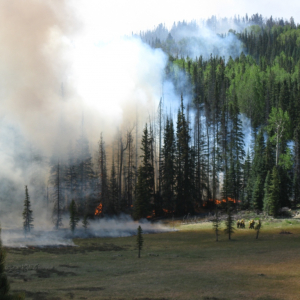
Optimal weather conditions focus on hot temperatures, low relative humidity levels and strong, gusty winds. The frequency and amount of precipitation factor into the amount of moisture that is present in the environment and in the vegetation that can burn. So, the degree of wildfire growth and behavior is strongly influenced by very dry vegetation, low humidity levels and the strong, gusty winds generated by the passage of low-pressure systems or nearby thunderstorms.
Pyrocumulus, or towering fire clouds, can also form from the intense heat released by the fire. They produce little or no precipitation, but when this column of clouds collapse, those strong winds can spread the fire and jeopardize the safety of those fighting it.
Q: Under what fire conditions are you typically called to duty?
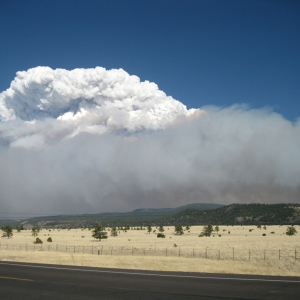
IMETs assist with wildland fire incidents that require specific levels of incident response, especially if communities and critical infrastructure are threatened. IMETs are stationed with the incident command team at a location near the incident referred to as the incident command post (ICP).
The ICP is the “headquarters” for the command staff, a sprawl of trailers and tents used for various functions including planning, tactical operations, communications and ground support for mobile kitchens and bathrooms. Many team and crew members often sleep in tents at the ICP, but it’s not always a comfortable camping experience — noisy generators and engines make sleep difficult, and sometimes the camp is exposed to smoke and ash.
Q: How close do you actually get to a fire? What are the conditions like on the scene?
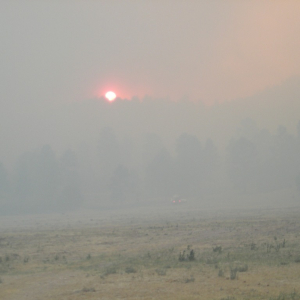
In order to assess how the weather is affecting a wildfire, I will go out on the fire line with the fire behavior analyst on the team. The wildfire is an extremely hot and smoky environment. Just picture climbing a hill to an enormous bonfire, and imagine how it would feel to have the wind suddenly blow the smoke, heat and flames in your direction.
It is important to be physically fit to be able to hike in rugged terrain and endure exposure to the elements. You must be prepared to react quickly to sudden changes in how the fire behaves and where it moves.
Q: What was the worst wildfire you’ve experienced?
The worst wildfires are those in which things go terribly wrong — the loss of lives, homes or communities. It is akin to watching powerful tornadoes destroy entire communities. Somehow, people endure and rebuild on the landscape. Yet, when fire destroys the same landscape, it permanently alters the aesthetic value of the land for many years. The loss of trees and vegetation drastically compromise soil stability, which increases the risk of debris flows (mudslides) and flash floods.
Q: Finally, if you had to pick the coolest thing about being an IMET, what would it be?
Knowing that what I do and the decisions I make can affect the lives and safety of so many people. There is great satisfaction in being able to apply my knowledge and skills as a meteorologist to aptly serve the public in this capacity.


